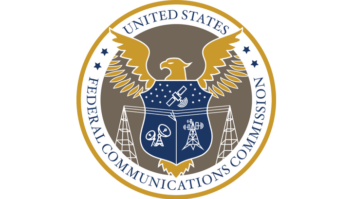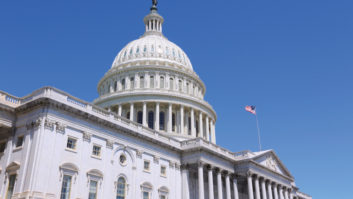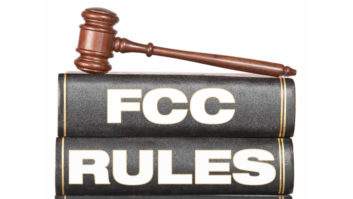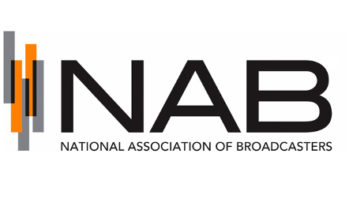The National Association of Broadcasters has filed its initial brief challenging the outcome of FCC’s latest review of broadcast ownership rules.
The NAB asked a federal appeals court to vacate the commission’s radio and television ownership rules, including AM/FM subcaps.
In its summary, NAB wrote that the commission has long ignored reams of evidence that broadcasters face competition from a multitude of sources, including streaming services, cable, satellite and online video applications.
“But the order does more harm than simply ignoring evidence in the present record. For the first time, the commission has attempted to permanently exclude any consideration of competition from non-broadcast sources,” NAB argues in its filing.
President/CEO Curtis LeGeyt said in a statement: “It is long past time for the FCC to modernize its broadcast ownership rules; these are relics from a bygone era, created before the internet, smartphones, social media and streaming. NAB’s brief succinctly demonstrates to the U.S. Court of Appeals for the Eighth Circuit that the FCC has failed to justify that these rules remain necessary to serve the public in light of the immense competition broadcasters face in today’s media marketplace.”
The NAB and co-petitioners Zimmer Radio, Beasley Media Group and Nextstar Media Group say the existing rules are premised on the notion that broadcasters can exert disproportionate influence by shaping news and entertainment options.
Instead, they said the commission should acknowledge the emergence of the internet, smart phones, social media and audio streaming.
“In reality, broadcasters today struggle to keep pace with rapidly proliferating audio and video platforms that are steadily taking audience share and advertising dollars. Instead of making it harder for broadcasters to compete, the commission should have modernized its outdated rules because they are no longer justified.”
In fact, broadcasters’ market power has been significantly reduced, according to the brief. Moreover, the ownership rules prevent broadcasters from accessing economics of scale that would allow them to better compete with new entrants in the vision and audio marketplace.
“Yet the commission has stubbornly refused to admit the world has changed. Instead of modifying ownership rules to enable broadcasters to successfully compete as the media landscape evolves, the commission has gone in the opposite direction by retaining its decades-old local radio and television Rules,” the groups wrote.
[Read the court filing in PDF format.]
Broadcast ownership rules are subject to review every four years under a mandate from Congress. The FCC must decide whether the rules remain necessary and in the public interest in light of existing competitive conditions.
The NAB had asked the FCC either to repeal the radio ownership rule entirely or abolish AM radio ownership caps while raising the FM limits in big markets.
In each of the largest radio markets, a licensee currently can own up to eight commercial radio stations, but a subcap limits the licensee to owning no more than five on each band (AM/FM) in the market. The cap shrinks as market size decreases.
But the commission late last year kept in place its local ownership and subcaps for radio broadcasters when it voted 3-2 along party lines to complete its 2018 quad review, concluding that “the current tiers and limits maintain an appropriate level of competition.” The 2018 process faced multiple delays, including litigation over previous rulings. The review for 2022 is ongoing.
The NAB court brief argues that the consequences of inaction by the FCC have been devastating for broadcasters.
“As the commission stalled, the audio and video marketplace exploded with new platforms that are increasingly dominant. Spurred by broadband access and massive increases in bandwidth speeds, Internet-based video platforms and audio streaming services are now quotidian.”
The NAB acknowledged that millions of Americans start their day with podcasts covering any topic imaginable. And whereas drivers previously were limited to AM and FM radio stations, they now have instantaneous access to virtually every song ever recorded through smart phones and in-dashboard platforms like Apple CarPlay and Android Auto.
Yet the local radio rule remains largely unchanged since 1996, the petitioners argue. “The commission’s move is a transparent attempt to overlook uncontroverted record evidence demonstrating that broadcasters face intense competition from nonbroadcasting sources. The record shows that broadcasters compete directly with a plethora of audio and video sources both for audiences and for advertising dollars.”
The federal court has set a Nov. 18, 2024, deadline for final briefs in the case. Per the NAB, the petitioners “respectfully submit that oral arguments would be beneficial.”
LeGeyt told Radio World in an interview earlier this year that the association would consider legal action to press the FCC about modernizing ownership restrictions.







